Seborrheic dermatitis, a form of eczema or dermatitis, affects areas of the body that are rich in glands, such as the scalp, face, and trunk. While it’s more common to affect males than females, it’s found in babies under the age of three months (and sometimes between six to 12 months), in young adults, and in the elderly.
If you suffer from seborrheic dermatitis, the following might be why:
- You have oily skin.
- You have a family history of psoriasis or seborrheic dermatitis.
- You’ve had an organ transplant.
- You have HIV.
- You have lymphoma.
- You have neurological and psychiatric conditions such as Parkinson’s, depression, epilepsy, spinal cord injury, Down Syndrome, or facial nerve palsy.
- You’ve received treatment for psoriasis with psoralen and ultraviolet A therapy
- You’re not getting enough sleep.
- Your life is too stressful.
How do you if you have seborrheic dermatitis?
If your baby suffers from infantile seborrheic dermatitis, there are many different symptoms. Firstly, it can cause cradle cap, which leaves greasy scales on the scalp, which can spread to the armpits and groin. Your baby may also have pink patches of skin that are flaky or are peeling. While it might seem like such a rash would irritate your child, seborrheic dermatitis is not normally itchy.
While there are many symptoms associated with infantile seborrheic dermatitis, there are even symptoms for adults suffering from the condition. Normally, it affects the scalp, face, behind the ears, and the upper trunk. It might flare up in winter, you might suffer from scaly patches, your eyelids may feel scaly, and you might have patches of scaly, oily skin on various parts of your body.
How do you treat seborrheic dermatitis?
As this skin condition affects several different parts of the body, there are numerous different treatment methods. Keratoyltics can be used to remove scaling, while topical antifungal cream can reduce malassezia.
If you are suffering from a flare up of seborrheic dermatitis, topical corticosteroids might also be prescribed by your doctor, for use for between one and three weeks.
However, not all cases can be treated with creams. Oral medication and phototherapy, in this instance, might also be recommended. If your scalp is affected by the skin condition, the use of medicated shampoos can help, as can steroid scalp applications, coal tar cream, and calcineurin inhibitors. Some people also prefer to try herbal methods, and while many people note positive results, they are not proven to work.
If your baby has been diagnosed with seborrheic dermatitis, it’s a good idea to wash his or her scalp with baby shampoo, or even aqueous cream. Use a soft bristled brush to then remove the scaling. In severe cases, topical creams and petrolatum may also be used. Consult a medical professional before treating either yourself or your child’s condition.
How is seborrheic dermatitis different from atopic dermatitis?
It’s very easy to confuse atopic dermatitis and seborrheic dermatitis. While they’re both a form of eczema, there are a few differences. Firstly, atopic dermatitis is exceptionally itchy, whereas seborrheic dermatitis is not. Atopic dermatitis also doesn’t discriminate when it comes to the skin it affects, but seborrheic dermatitis prefers oily skin.
If you believe you, or a family member, is suffering from either condition, seek professional medical treatment. They will be able to put you on a course of treatment that’s unique to your needs.



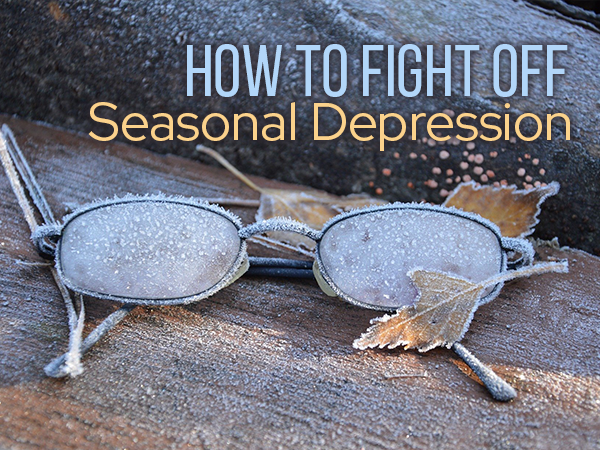
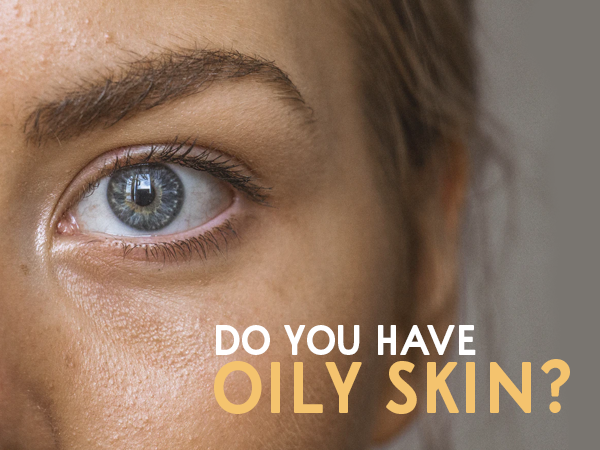
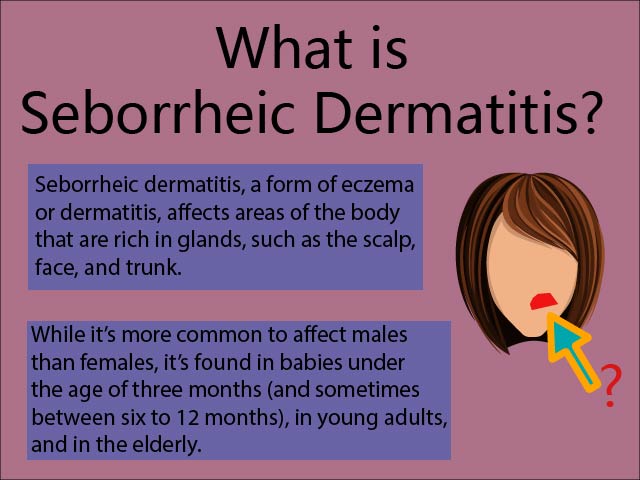

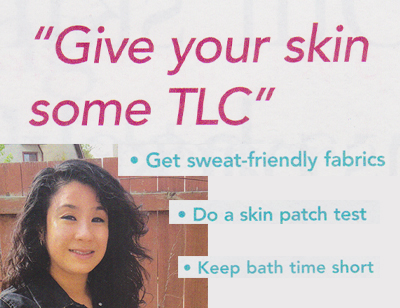



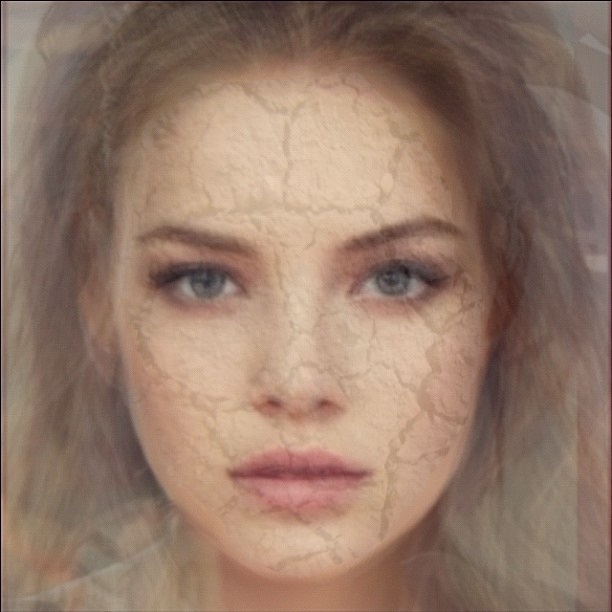

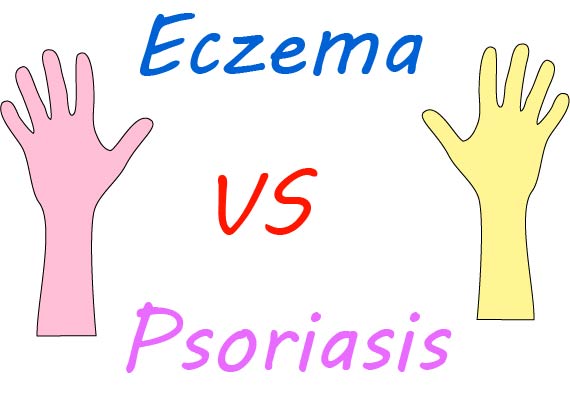

Helllo!! My name is Sou
I have lived with Eczema my whole life and it has been a constant battle. Welcome to my journey! Let's battle this together!